The Role of Geology in Landscape Evolution
Introduction
Geology plays a crucial role in the evolution of landscapes. It is the study of the Earth's solid materials, including rocks and the processes by which they change over time. Geology influences the shape of the landscape, the distribution of land and water, and the location and depth of soil and other surface materials.

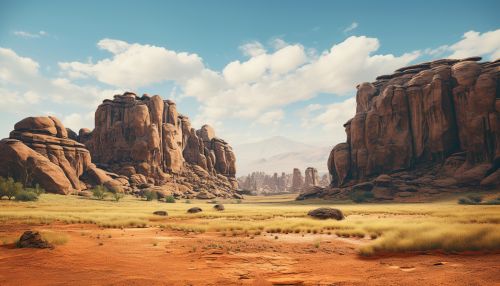
Geological Processes and Landscape Formation
The Earth's landscapes are constantly changing due to various geological processes. These include plate tectonics, weathering, erosion, and deposition. These processes, driven by the Earth's internal and external energy sources, shape and reshape the Earth's surface, creating a variety of landscapes that we see today.
Plate Tectonics
Plate tectonics is the theory that the Earth's outer shell is divided into several plates that glide over the mantle. This movement is responsible for the formation of major landforms such as mountains, valleys, and basins. For example, the collision of the Indian and Eurasian plates led to the formation of the Himalayan mountain range.
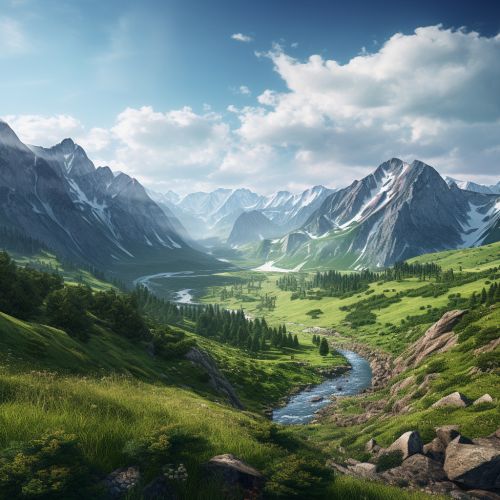
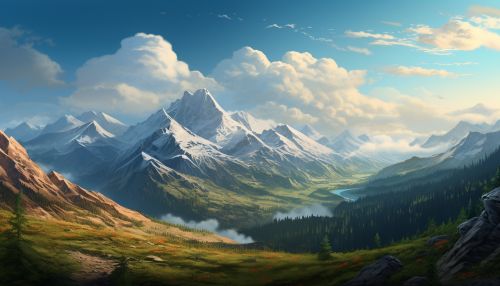
Weathering
Weathering is the process of breaking down rocks, soils, and minerals through direct contact with the Earth's atmosphere, waters, and biological organisms. It plays a significant role in the formation of soils and the sculpting of the Earth's topography. There are two main types of weathering: physical weathering, which includes processes such as freeze-thaw and thermal expansion, and chemical weathering, which involves the alteration or decomposition of rocks and minerals due to chemical reactions.
Erosion
Erosion is the process where rocks, soil, and other surface material are worn away and transported to another location by wind, water, or ice. It plays a significant role in shaping the Earth's landscapes by smoothing and carving the land. For instance, the Grand Canyon was formed through millions of years of erosion by the Colorado River.
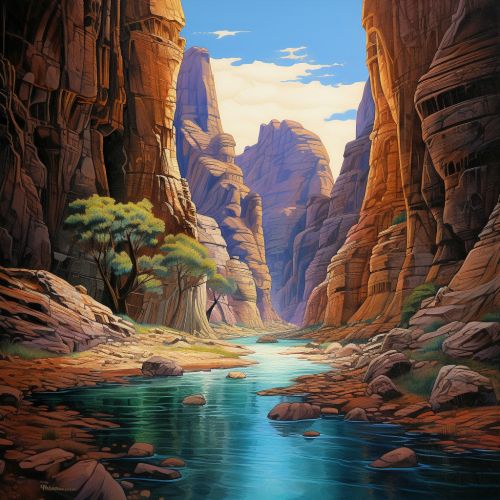

Deposition
Deposition is the geological process in which sediments, soil, and rocks are added to a landform or landmass. It occurs when the forces responsible for sediment transportation are no longer sufficient to overcome the forces of gravity and friction, causing the sediment to fall out of the transport medium and deposit. This process creates landforms such as deltas, sand dunes, and alluvial fans.
The Role of Geology in Landscape Evolution
Geology's role in landscape evolution is profound and multifaceted. It determines the types of rocks and soils that are present in a region, which in turn influence the types of vegetation that can grow there. The geological history of an area can also provide clues to past climates and environments, helping scientists understand how the Earth's climate has changed over time.
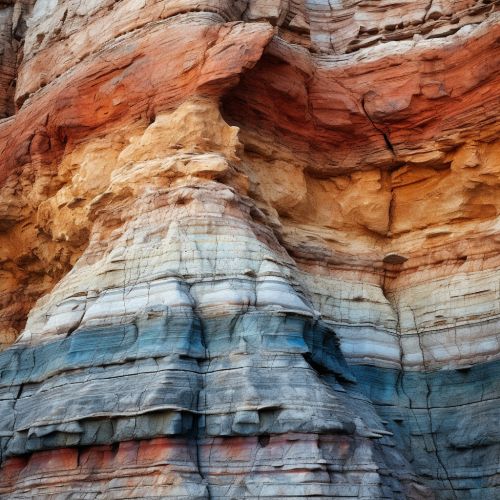
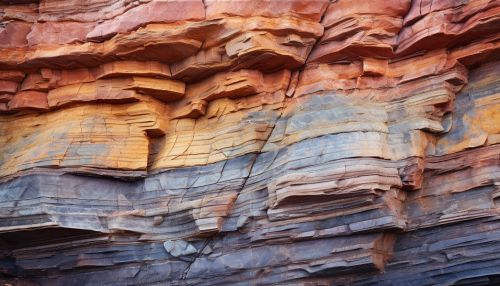
Influence on Soil and Vegetation
The type of bedrock in an area heavily influences the type of soil that can form there. Different rock types weather at different rates and produce soils with different chemical compositions. These variations in soil can influence the types of plants that can grow in an area, which can in turn influence the types of animals that can live there.
Clues to Past Climates and Environments
The geological record provides important clues about the Earth's past climates and environments. For example, the presence of certain types of sedimentary rocks can indicate that an area was once covered by a sea or a desert. Similarly, the types of fossils found in an area can provide information about the types of organisms that once lived there and the environmental conditions they lived in.
Conclusion
In conclusion, geology plays an essential role in the evolution of landscapes. Through various geological processes such as plate tectonics, weathering, erosion, and deposition, the Earth's landscapes are constantly changing and evolving. Understanding these processes and the role they play in shaping our world is crucial for predicting future changes to our environment and for managing and preserving our natural resources.


